Recommendation systems: What you need to know
Recommendation systems have been popular in many industries, like movies, music, ecommerce, and even banking. They’re useful to help customers find products they want to buy, introduce new products, drive insights and innovation, build customer loyalty and growth, increase customer lifetime value, reshape human behaviors, and more.
Updated on May 18, 2021
In this article, I’ll help you understand more about recommendation systems, including:
- What are recommendation systems?
- Why do companies use recommendation systems?
- How do recommendation systems work?
- What are the main types of recommendation systems?
- Recommendation systems examples
Let’s dive in.
What are recommendation systems?
Recommendation systems are applications and techniques that help provide suggestions for items to users or customers. The suggestions involve various decision-making processes, such as what items to buy, what music to listen to, what online news to read, or what movies to watch next.
Some best-known recommendation systems include Amazon recommendation system, Hulu suggestions for movies and TV shows in your feed, recommended videos on YouTube, music on Spotify, the Facebook newsfeed and Google Ads.
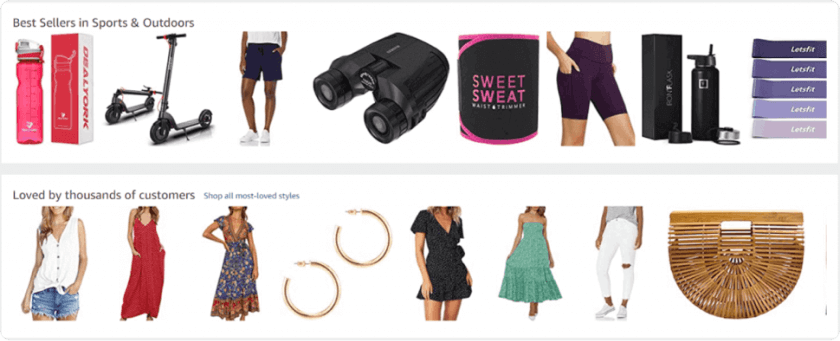
Why do companies use recommendation systems?
1. Recommendation systems drive sales
According to RILA and Accenture’s Delivering For The New Consumer 2018 report, “63% of consumers surveyed are interested in personalized recommendations, and that the majority of them are willing to share their data in exchange benefits such as automatic credits for coupons and loyalty points (64% of those surveyed), access to exclusive deals (60%), the ability to gain points and rewards (56%) or special offers for items that interest them (53%).”
A recommendation system algorithm allows you to sell an additional set of items compared to those usually sold without any recommendation. Those recommended items suit customers’ needs and preferences, making them more likely to buy more.
MATY is an excellent example of using product recommendations to boost sales. The brand worked with the Insider team to A/B test variations to decide which recommendations brought optimal results. The campaign helped MATY achieve a 6.69% uplift in average order value (AOV) and a 9.69% uplift in incremental revenue.

2. Recommendation systems help customers make better choices
Customers now have more choices than ever. For example, Amazon Prime Video offers roughly 24,000 movies and over 2,100 shows; more than 500 hours of videos are uploaded to YouTube every minute; there are over 1.3 billion listings on eBay. This creates challenges for customers to make thoughtful decisions, so they’re willing to accept recommendations from smart engines.
“Wherever choice matters, recommenders flourish, and this profound digital transformation of choice will only become more pervasive as recommenders become smarter. Better recommenders invariably mean better choice,” said Michael Schrage, researcher at MIT Sloan School of Management’s Initiative on the Digital Economy.
3. Recommendation systems increase customer loyalty
According to Salesforce’s survey, about 37% of shoppers who clicked a recommended product during their first visit came back, compared to only 19% of online consumers who didn’t click a recommendation. Accenture also discovered that 91% of shoppers are more likely to shop with brands that recognize, remember, and provide relevant offers and recommendations.
When you show recommended products to a user who visited your website before, you let them know that you recognize and treat them as a valuable visitor. A recommendation system enables you to do that since it leverages data acquired from the user’s previous interactions.
The longer the user interacts with your website, the more refined their behavior pattern becomes. That helps you make more relevant and accurate recommendations to the user, which will delight them and boost their loyalty.
How do recommendation systems work?
A recommendation process typically has three phases:
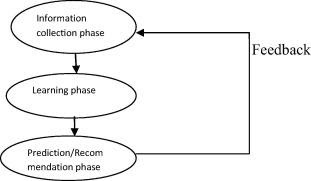
- Data collection: This collects relevant information about a user, for example, reviews, ratings, comments on products, order history, cart actions, search history, payment information, and more.
- Learning: A learning algorithm is applied to filter and exploit the user’s features from collected data.
- Recommendation phase: It recommends or predicts what kind of items the user may prefer.
What are the main types of recommendation systems?
1. Collaborative filtering
A collaborative filtering algorithm works by building a database of preferences for items by previous users. It then matches new users with relevant interests and preferences by calculating similarities between their profiles with previous ones’ to make recommendations.
A user gets recommendations to those items he didn’t rate before but were already positively rated by other users with the same interests.
Amazon is a typical collaborative filtering example. They use scalable item-to-item collaborative filtering techniques to produce high-quality recommendations in real-time. Amazon makes it easy for customers to compare similar items on product detail pages, creates time-sensitive product recommendations, suggests products on category pages, and more.
Collaborative filtering can work on websites where there isn’t much information about items and where content is difficult for a computer system to analyze, for example, opinions. It can also recommend items relevant to a user even without the content being in the user’s profile.
That said, collaborative filtering suffers from the cold start problem, meaning it can’t recommend or make weak predictions if no or a few user reviews exist.
2. Content-based filtering
Content-based filtering analyzes items’ attributes to generate predictions. Recommendations are made based on attributes extracted from the content of the items a user interacted with in the past. Items that are mostly related to the top rated items are recommended to the user.
For example, if I listen to a song in a particular genre, then I’ll get recommended songs within that specific genre. The song’s attributes like title, year of release, singer, and instruments are also helpful to identify similar music.
Content-based filtering techniques don’t need other users’ profiles since they don’t influence recommendations. So, if the user profile changes, this technique can still adjust recommendations within a short period of time.
Content-based filtering can also recommend new items even if users don’t provide any ratings or reviews. “So even if the database doesn’t contain user preferences, recommendation accuracy isn’t affected,” as explained by researchers. That said, content-based filtering’s effectiveness requires rich descriptions of items.
3. Hybrid filtering
A hybrid recommendation engine combines different recommendation techniques to gain better system optimization to avoid limitations and problems of pure recommendation systems. Research showed that such a combination of algorithms “will provide more accurate and effective recommendations than a single algorithm as the disadvantages of one algorithm can be overcome by another algorithm.”
For example, Insider’s hybrid recommendation engine combines diverse rating and sorting algorithms. It allows you to create different sets of recommendations and conduct A/B tests to find what works best for you.
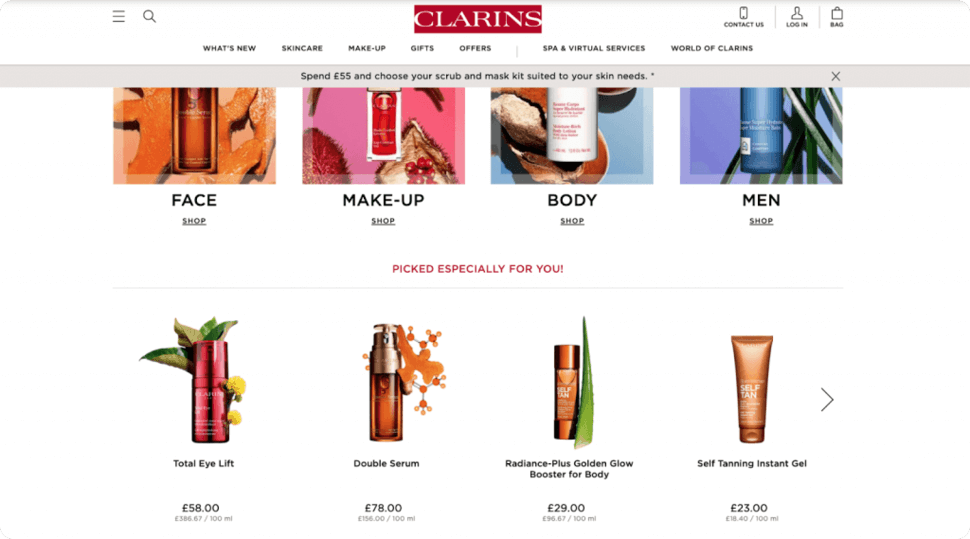
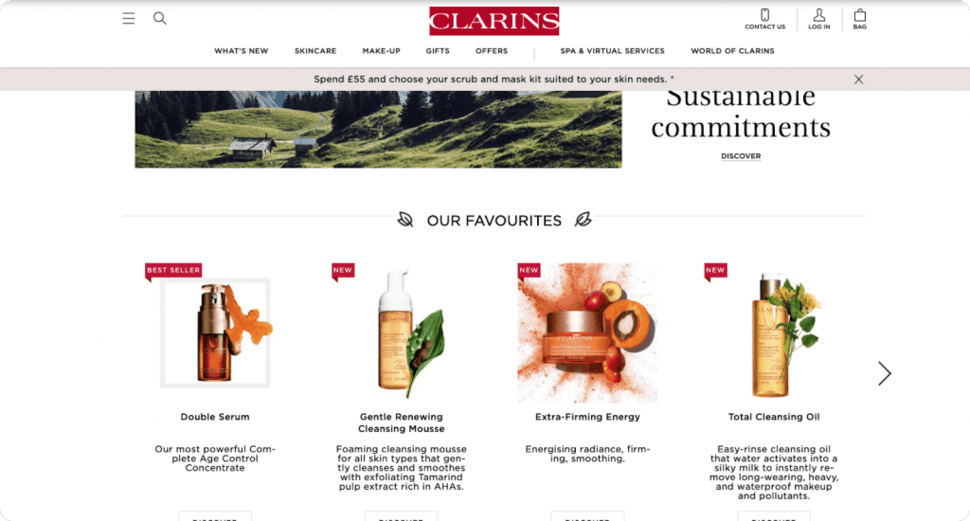
Recommendation system examples
1. YouTube recommendation system
Since its establishment in 2005, YouTube is ranked the second-most popular social network. It has 2.1 billion users worldwide as of 2021 and supports content in 80 languages. Every day, people watch 1 billion hours of YouTube and generate billions of views.
According to researchers, “the success of YouTube is due to not only its huge collection of videos but also its diverse video discovery mechanisms like keyword-based search engine, related video recommendation, video highlight on YouTube homepage, channel subscription, and embedding capability on web pages, blogs, and social networks.”
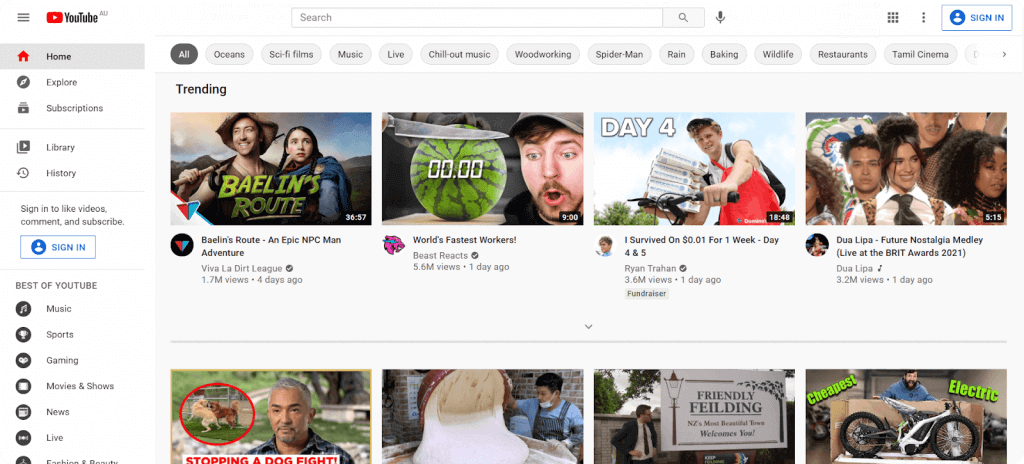
Here’s how the YouTube recommendation system works:
- YouTube shares recommendations both on the homepage and in the Up Next section to suggest what you should watch next while viewing a video.
- YouTube takes into account many signals, including your watch and search history as well as the channels you’ve subscribed to. They also consider other contexts like your country and time of day to show locally relevant news.
- YouTube also factors in “whether a user who clicked on the same video watched it to completion — a sign that the video is of higher quality or enjoyable — or just clicked on it and shortly after starting to view the video, clicked away.”
- YouTube shows random surveys on their homepage and elsewhere throughout the app to ask users directly about their experience with individual videos and their recommendation systems.
2. Netflix Recommendation System
Netflix is a movie streaming service where you can watch thousands of movies and TV shows. To offer personalized recommendations for users, Netflix has created a proprietary, complex movie recommendation system.
Here’s how Netflix recommendation system works:
When you create a Netflix account or add a new profile to your account, Netflix asks you to choose your preferred language and three titles to jump-start your first recommendations.
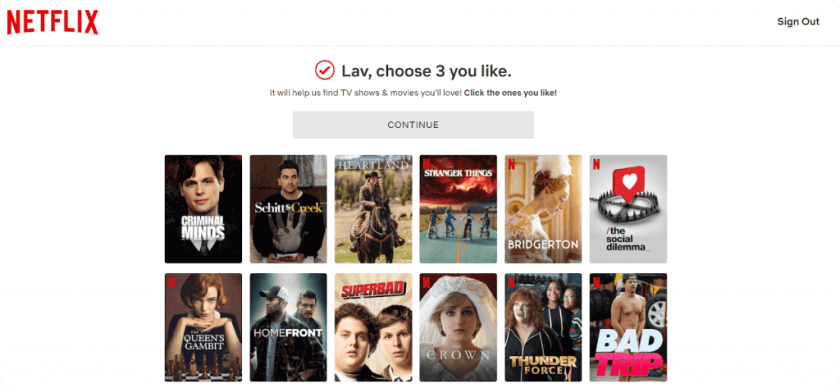
These initial recommendations will be then replaced with new ones as you watch on the service over time. According to Netflix, “the titles you watched more recently will outweigh titles you watched in the past in terms of driving our recommendations system.”
While Netflix doesn’t take demographics like age and gender into account, they use many other factors to estimate the likelihood you’ll watch a particular title.
For example:
- How you interacted with the service (your viewing history, which titles you liked or disliked, which titles you added to your list).
- Other users with similar tastes and preferences on Netflix.
- Information about titles you watched, like their genre, categories, actors, and release year.
Rows, rankings, and title representation are part of Netflix recommendation system. Netflix explained that their system “also ranks each title within the row, and then ranks the rows themselves, using algorithms and complex systems to provide a personalized experience.”
Each row has three layers of personalization:
- The choice of row (e.g., Trending Now, Popular on Netflix, Netflix Originals)
- Which titles appear in the row
- The ranking of those titles
For example, look at my Netflix homepage. The most strongly recommended rows go to the top. The possibility of titles I may enjoy decreases from left to right for each row.
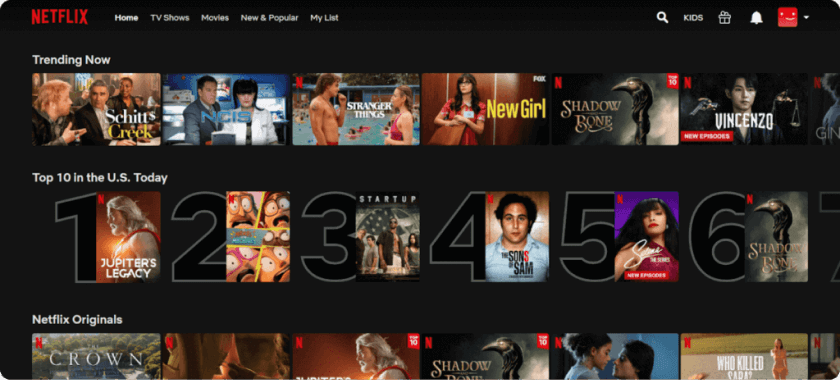
Whenever you access Netflix, you’ll see a lot of movie and TV show suggestions that might interest you. The more you use Netflix, the more personalized recommendations you’ll get.
3. Spotify Recommendation System
Launched in 2008, Spotify is the world’s most popular audio streaming subscription service with 356 million users, including 158 million subscribers, across 178 countries. Spotify offers over 70 million tracks, including more than 2.6 million podcast titles, for free.
Users can upgrade to Spotify Premium to access exclusive features. These include high-quality sound and an on-demand, offline, and ad-free listening experience.
On Spotify, users can make playlists, save favorite artists, and albums in their archive called Your Library. They can also listen to radios, podcasts, and music playlists put together by other users or by Spotify.
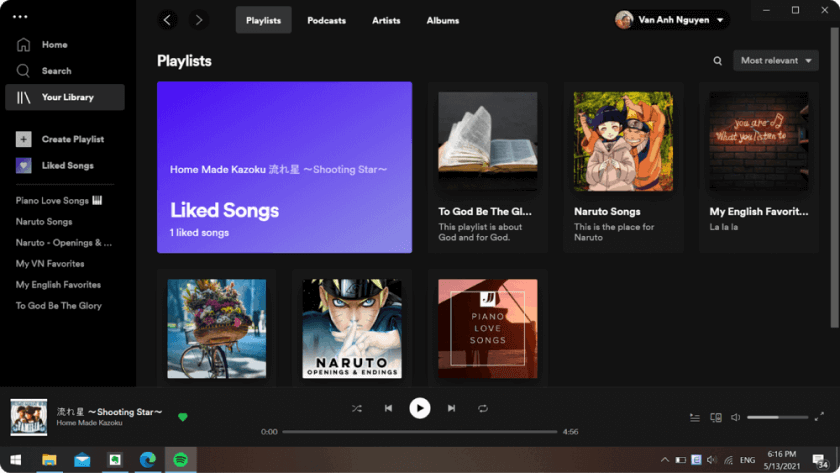
According to Spotify, they can make great personalized recommendations “because of complex, dynamic systems that consider a wide variety of inputs [signals] about what you like, […] and balance those signals in many possible different pathways to produce an output: the perfect song for the moment, just for you.”
Here are some signals in Spotify’s music recommendation system:
- What you’re listening to/Which songs you’re adding to your playlists
- Listening habits of users who have similar tastes as yours
- Songs you have on repeat
- Artist input (music that artists are excited about or consider most important to them)
- Time of day, languages you listen to, genres you listen to, tempo
- The release date of a song, song length, musical elements
- Tracks or artists you haven’t heard that Spotify thinks you might like
- The order in which you’re listening to songs or podcasts
Take Daily Mixes as an example. Daily Mixes are personalized playlists based on your general listening history. You can have up to six mixes.
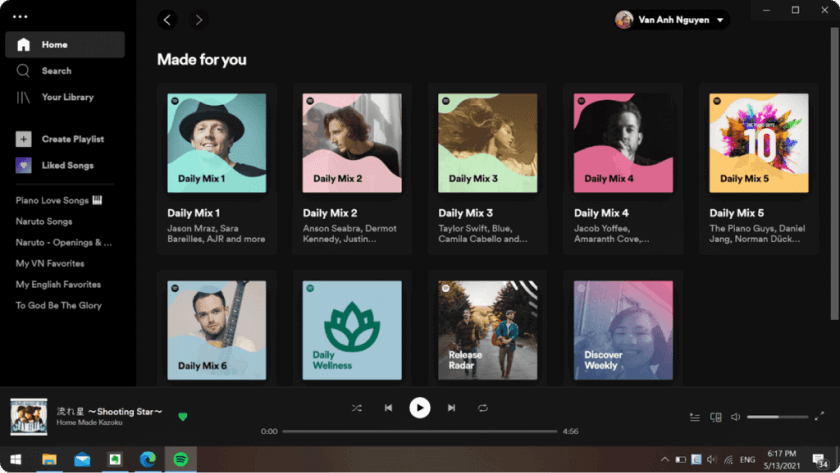
“The mixes are fresh and familiar at the same time — a mix of new discoveries and tracks you already have on repeat and unbound, meaning it will load more songs instead of stopping,” Spotify explained. As your music tastes evolve, so do your mixes — the more you listen, the better they get.
Make Recommendation Systems Work for Your Business
With recommendation systems, you have many opportunities to serve your customers better, create an exceptional customer experience, drive more sales, and grow your business.
Ready to implement recommendations? Then, try Insider’s AI-powered smart recommender to create relevant, personalized, and high-converting product recommendations. In case you need any help, contact us for a demo, and we’ll walk you through everything you need to adopt this technology.



















